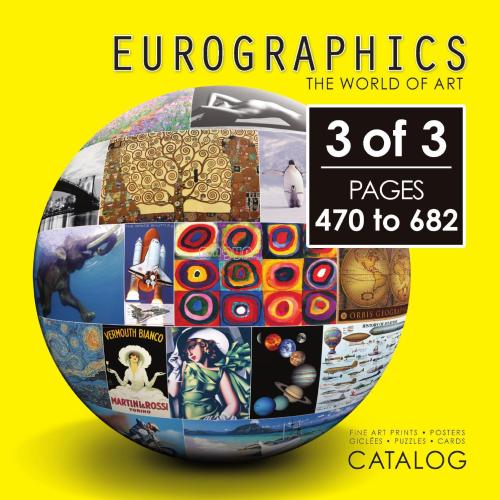The 11th International Conference on Image and Graphics (ICIG) will be held in Haikou, China, on 26 – 28, November, 2021. We sincerely invite the researches over the world in this area to join us.
University College London
Talk Title:
Deep 3D Generative Modeling
Abstract: Deep learning has taken the Computer Graphics world by storm. While remarkable progress has been reported in the context of supervised learning, the state ofunsupervised learning, in contrast, remains quite primitive. In this talk, we will discuss recent advances where we have combined knowledge from traditional computer graphics and image formation models to enable deep generative modeling workflows. We will describe how we have combined modeling and rendering, in the unsupervised setting, to enable controllable and realistic image and animation production. The work is done in collaboration with various students and research colleagues.
Biography: Niloy J. Mitra leads the Smart Geometry Processing group in the Department of Computer Science at University College London. He received his PhD from Stanford University under the guidance of Leonidas Guibas. His current research focuses on developing machine learning frameworks for generating high-quality geometric and appearance models for CG applications. Niloy received the 2019 Eurographics Outstanding Technical Contributions Award, the 2015 British Computer Society Roger Needham Award, and the 2013 ACM Siggraph Significant New Researcher Award. He also leads the Adobe Research London Lab. For more details, please visit http://geometry.cs.ucl.ac.uk/index.php. Besides research, Niloy is an active DIYer and loves reading, bouldering, and cooking.
Carnegie Mellon University
Talk Title:
GANs for Everyone
Abstract: The power and promise of deep generative models such as StyleGAN, CycleGAN, and GauGAN lie in their ability to synthesize endless realistic, diverse, and novel content with user controls. Unfortunately, the creation and deployment of these large-scale models demand high-performance computing platforms, large-scale annotated datasets, and sophisticated knowledge of deep learning methods. This makes it a process not feasible for many visual artists, content creators, small business entrepreneurs, and everyday users.
In this talk, I describe our recent efforts in making GANs more accessible for a broad audience, through improved computational- and data-efficiency as well as better interface between humans and models. First, we reduce the inference time and model size of recent GANs models by 6-20x, allowing their easy deployment on consumer laptops and mobile devices. Second, we present a data-efficient training method that can learn a model with only one hundred photos, bypassing the necessity of collecting large-scale datasets. Finally, we introduce new human-centered model creation interfaces that allow a user to directly customize new models with minimal user efforts.
Biography: Jun-Yan is an Assistant Professor with The Robotics Institute in the School of Computer Science of Carnegie Mellon University. He also holds affiliated faculty appointments in the Computer Science Department and Machine Learning Department. Prior to joining CMU, he was a Research Scientist at Adobe Research and a postdoctoral researcher at MIT CSAIL. He obtained his Ph.D. from UC Berkeley and his B.E. from Tsinghua University. He studies computer vision, computer graphics, computational photography, and machine learning. He is the recipient of the Facebook Fellowship, ACM SIGGRAPH Outstanding Doctoral Dissertation Award, and UC Berkeley EECS David J. Sakrison Memorial Prize for outstanding doctoral research. His co-authored work has received the NVIDIA Pioneer Research Award, SIGGRAPH 2019 Real-time Live! Best of Show Award and Audience Choice Award, and The 100 Greatest Innovations of 2019 by Popular Science.
http://icig2021.csig.org.cn/
To visit the conference website, please scan the following QR code:
![]()
http://conf.csig.org.cn/fair/394
To register on the microsite, please scan the following QR code:
![]()
![]()










